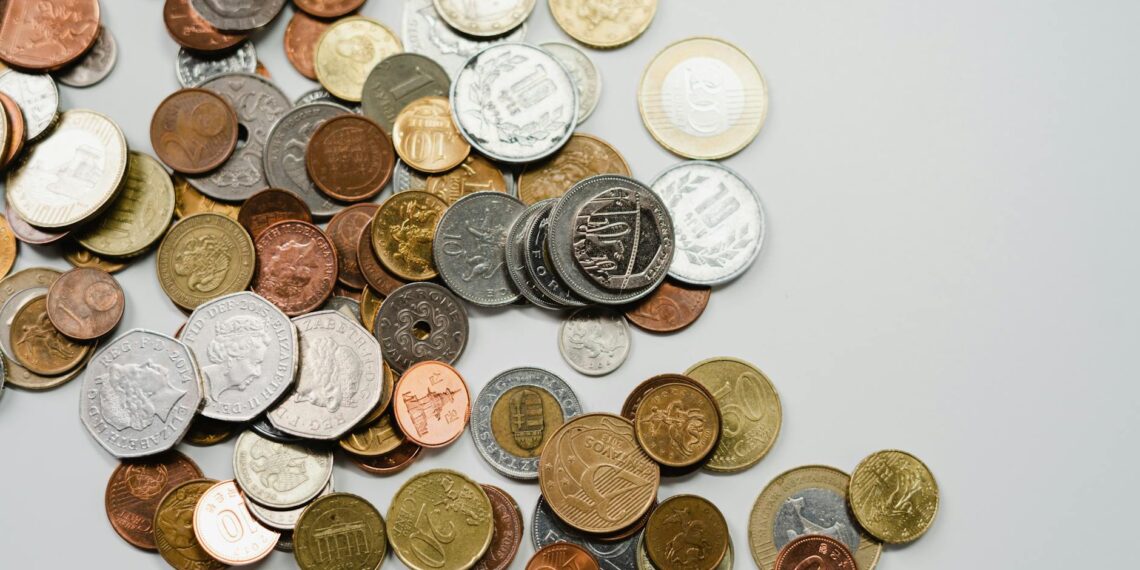The value of 1776-1976 dollar coins, commemorating the United States Bicentennial, depends heavily on several factors:
- Composition: Most 1776-1976 Eisenhower dollars were made of a copper-nickel clad composition for circulation. There were also special collector versions minted in San Francisco (with an “S” mint mark) composed of 40% silver. The silver content makes these coins inherently more valuable.
- Type: There are two main design varieties of the 1776-1976 Eisenhower dollar, referred to as Type 1 and Type 2. The difference lies in the thickness of the lettering on the reverse (back) of the coin.
– Type 1: Features bolder, sans-serif lettering on the reverse, [according to PCGS].
– Type 2: Has sharper, thinner lettering with serifs on the reverse.
– Type 1 business-strike coins are generally scarcer than Type 2. All 40% silver Bicentennial dollars are Type 1.
- Mint Mark: Coins minted in Philadelphia have no mint mark, Denver-minted coins have a “D” mint mark, and San Francisco-minted coins have an “S” mint mark.
- Condition: The better the condition of the coin, the higher its value. Coins in pristine, uncirculated condition, particularly those with a high grade from a reputable grading service like NGC or PCGS, can be significantly more valuable. Circulated coins, especially the common clad versions, typically hold little value beyond face value.
1. Copper-Nickel Clad Bicentennial Eisenhower Dollars (Circulation Strike):
- Circulated: Face value (often worth little more than $1).
- Uncirculated: Value can range from a few dollars for lower grades to several hundred or even thousands for high-grade specimens.
2. 1776-1976 S Silver Eisenhower Dollars (40% Silver):
- Circulated: Between $12.50 and $13.75, [according to the NGC Price Guide].
- Uncirculated: Values range from $15 to $21,500, depending on the grade, [according to Greysheet].
- Proof: Proof versions are also more valuable, with the 1976-S Silver Type 2 Proof being particularly rare and valuable (only one known specimen exists). Proof versions typically fetch at least the silver melt value.
3. Rare Error Varieties: Certain error coins, such as double strikes, off-center strikes, or planchet errors, can also command high prices. For example, the unique 1976 No S Proof Eisenhower Dollar, Type 2, which is considered a non-error rarity, is highly sought after.
Important Notes:
- Values constantly fluctuate based on market demand and condition.
- It’s always recommended to consult with a professional coin dealer or utilize resources like the NGC Price Guide or PCGS CoinFacts for the most accurate and up-to-date valuations.
- A coin’s condition plays a critical role in determining its value. Even common Bicentennial dollars can be worth more than face value if they are in exceptionally high, uncirculated grades.









How to tell type 1 and type 2 1776-1976 bicentennial dollars apart?
I can help with that. Type 1 – The reverse lettering, including the inscriptions UNITED STATES OF AMERICA and “ONE DOLLAR” have a blockier, sans-serif appearance. Type 2 – Reverse lettering is refined with serifs that much more closely resemble the lettering style ordinarily seen on the obverse of the Eisenhower Dollar.